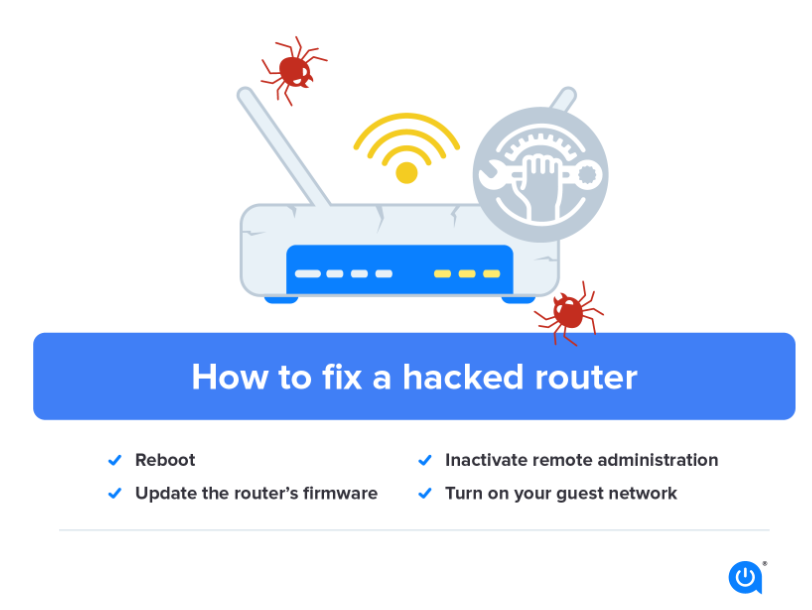In the digital age, access to the internet has become a necessity. It is an essential tool for communication, education, and commerce. However, millions of people across the United States still lack access to high-speed internet, including those living in rural areas. California has taken a step towards bridging this digital divide with the recent announcement that the state has collected $540M for high-speed internet expansion. In this article, we will explore the details of this initiative, its impact on Californians, and the future of internet access in the state.
Table of contents
- The Digital Divide in California
- The California Advanced Services Fund (CASF)
- The $540M for High-Speed Internet Expansion
- The Impact of High-Speed Internet Expansion
- The Future of Internet Access in California
- Conclusion
- FAQ’s
The COVID-19 pandemic has made access to the internet more critical than ever before. With remote work, online learning, and virtual health appointments becoming the new normal, the digital divide has become more evident. Millions of Americans, particularly those in rural areas, lack access to high-speed internet. The lack of internet access has left many people unable to connect with others, access essential services, and engage in commerce. California is taking action to address this issue.
The Digital Divide in California
Despite being home to some of the world’s most prominent technology companies, California still has a significant digital divide. According to the California Public Utilities Commission, 1.2 million Californians lack access to high-speed internet. This lack of access disproportionately affects those living in rural areas and low-income communities. It also impacts students who need internet access for remote learning, seniors who require telehealth services, and small businesses that rely on the internet for commerce.
The California Advanced Services Fund (CASF)
The California Advanced Services Fund (CASF) is a program created by the California Public Utilities Commission in 2007. The program’s goal is to provide funding for the deployment of high-speed internet access to Californians who lack it. The program is funded by a surcharge on California telephone customers’ bills, which is then used to provide grants and loans to internet service providers (ISPs) who expand access to high-speed internet.
The $540M for High-Speed Internet Expansion
On April 13, 2023, the California Public Utilities Commission announced that it had collected $540M in funding for high-speed internet expansion. This funding was collected through a surcharge on Californians’ phone bills and will be used to expand access to high-speed internet in California. The funds will be distributed through the CASF program to ISPs who provide access to underserved communities.
The Impact of High-Speed Internet Expansion
The impact of high-speed internet expansion in California is significant. The expansion will bring access to essential services to millions of Californians, including remote workers, students, and seniors. High-speed internet access can improve access to telehealth services, allowing patients to connect with doctors remotely. It can also improve education outcomes for students in rural areas by providing access to online resources and virtual classrooms. For small businesses, high-speed internet can provide opportunities for e-commerce and online sales, expanding their customer base and increasing revenue.
The Future of Internet Access in California
The $540M in funding for high-speed internet expansion is just the beginning of California’s efforts to bridge the digital divide. The state is also exploring innovative solutions, such as the deployment of satellite-based internet and low-earth-orbit (LEO) satellite constellations. These technologies can provide high-speed internet access to even the most remote communities. California is committed to ensuring that all Californians have access to the internet.
In addition to exploring new technologies, California is also working to address other barriers to internet access. For example, the state is investing in digital literacy programs to help Californians better understand how to use the internet and its applications. This investment will help bridge the gap for those who lack experience with technology, making it easier for them to use and benefit from high-speed internet.
Another aspect of the state’s commitment to expanding access to high-speed internet is the creation of partnerships between government agencies, internet service providers, and community organizations. These partnerships allow for a coordinated effort to identify areas that lack internet access and work together to provide solutions to bridge the gap.
Conclusion
The $540M in funding for high-speed internet expansion in California is a significant step towards bridging the digital divide. It will bring access to essential services, education, and commerce to millions of Californians who previously lacked access. California’s commitment to expanding internet access through the CASF program, innovative technologies, and partnerships will continue to provide opportunities for Californians to connect and engage in the digital world.
FAQ’s
Who is eligible for high-speed internet expansion funding through CASF?
Internet service providers who expand access to underserved communities are eligible for funding through CASF.
How will the $540M in funding be distributed?
The funds will be distributed through the CASF program to eligible ISPs.
Will the high-speed internet expansion program be limited to rural areas?
No, the program is designed to expand access to high-speed internet to underserved communities throughout California, including urban areas.
What other solutions is California exploring to expand internet access?
California is exploring new technologies such as satellite-based internet and low-earth-orbit (LEO) satellite constellations, as well as investing in digital literacy programs and creating partnerships between government agencies, ISPs, and community organizations.
Will high-speed internet access help small businesses in California?
Yes, high-speed internet access can provide opportunities for e-commerce and online sales, expanding small businesses’ customer base and increasing revenue.


